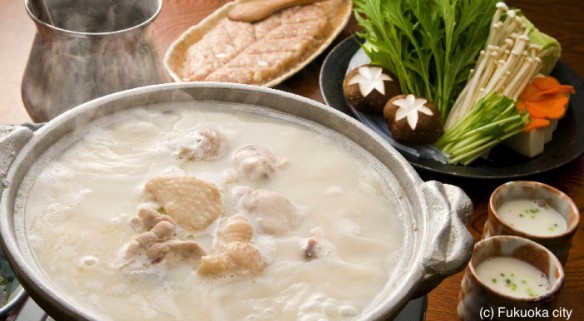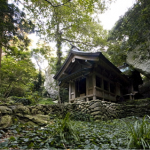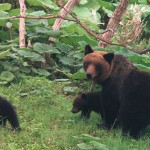TRAVEL

Traditional home dishes from the Gastronomic city
Hakata city, Fukuoka Pref.
TRAVEL
2014
30mins Episode(s): 1
english
Japanese




“Gameni stew", “Mizutaki hot-pot” and “Hakata Zoni stew” are some of the traditional dishes from the gastronomic city of Fukuoka.
This documentary focuses on the regional cuisines, which have been passed on generations by Hakatakko (Hakata local people) who are known for their high-spirited characters. It also talks about the recipes, and the history behind the dishes.
*Part of the 'Beauty of Japan' series.
This documentary focuses on the regional cuisines, which have been passed on generations by Hakatakko (Hakata local people) who are known for their high-spirited characters. It also talks about the recipes, and the history behind the dishes.
*Part of the 'Beauty of Japan' series.
Customers who watch this video also watch
-
Yoshida Fire Festival -Japan's 3 Major Unusual Festivals-
2018 30 mins[Festivals of Japan Season 2] Bright flames rise from giant torches, staining the city and skies with their bright red color... The Yoshida Fire Festival is an Important Intangible Folk Cultural Property of Japan that signals the end of summer at Mount Fuji (a World Cultural Heritage.) This episode focuses...more details -
World Heritage OKINOSHIMA
45 minutesThis is a new program about the sacred island of Okinoshima, situated between the Japanese archipelago and the Korean peninsula. It has attracted the devotion of the local population in the Munakata region, who possessed advanced nautical skills. Large-scale rituals utilizing an enormous quantity of precious votive offerings were conducted...more details -
Shiretoko Peninsula’s Kingdom of Brown Bears
 2003 “Era of Local” TV Festival 2010 Grand Prize. Shiretoko Peninsula, Japan’s final frontier, is the last kingdom of brown bears where their life in the wild can be observed. Surrounded by the ocean, the Shiretoko Peninsula is densely inhabited by brown bears, which is proof that Shiretoko is blessed with...more details
2003 “Era of Local” TV Festival 2010 Grand Prize. Shiretoko Peninsula, Japan’s final frontier, is the last kingdom of brown bears where their life in the wild can be observed. Surrounded by the ocean, the Shiretoko Peninsula is densely inhabited by brown bears, which is proof that Shiretoko is blessed with...more details -
Coming Home
 2004 Best Drama Award at The National Association of Commercial Broadcasters in Japan. Yoko escaped her small port town in Japan where she was raised by her mother, to pursue her dream of becoming an actress in Tokyo. Finally about to make her big break, her mother’s sudden illness brings Yoko...more details
2004 Best Drama Award at The National Association of Commercial Broadcasters in Japan. Yoko escaped her small port town in Japan where she was raised by her mother, to pursue her dream of becoming an actress in Tokyo. Finally about to make her big break, her mother’s sudden illness brings Yoko...more details



